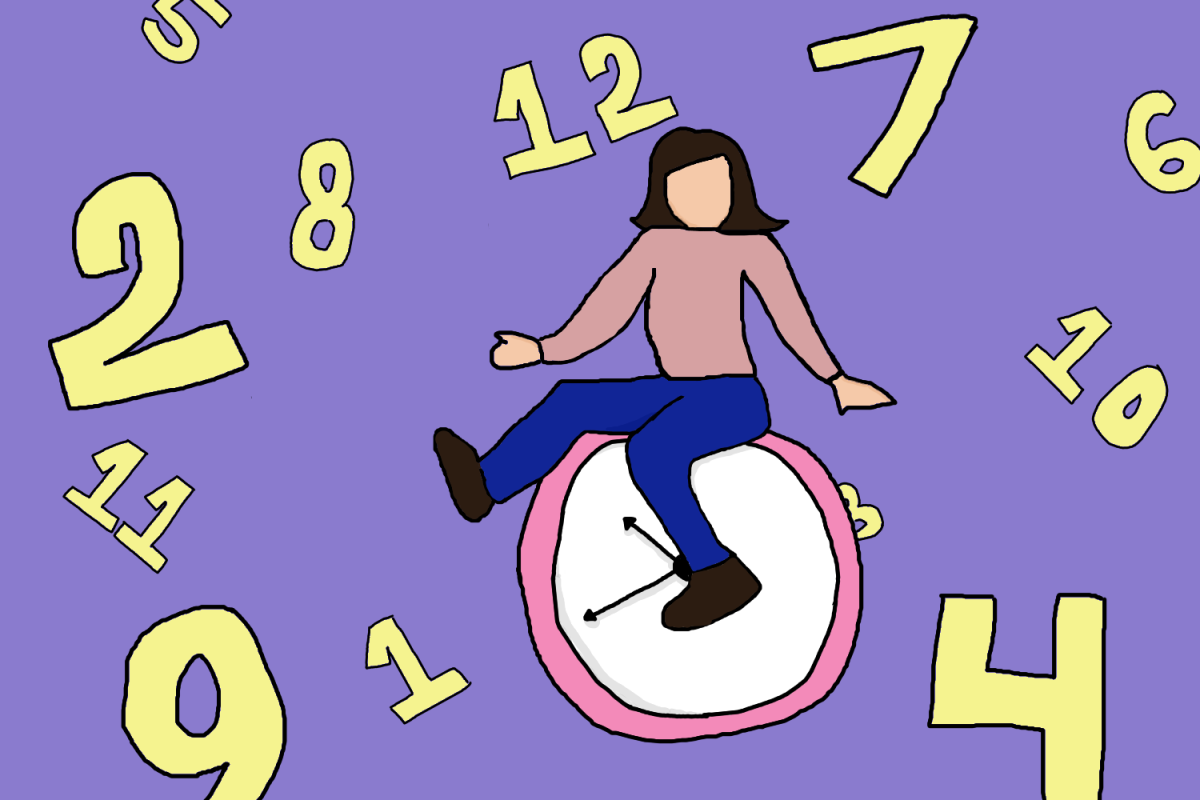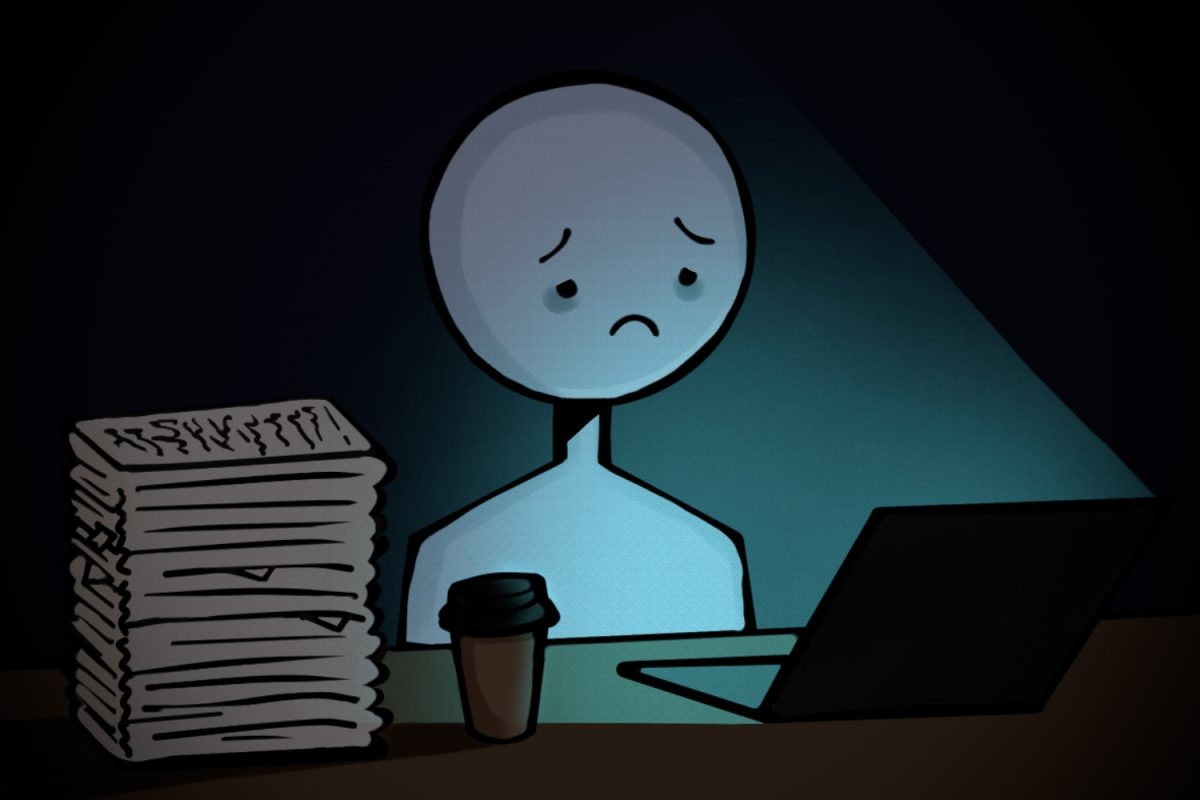In the weeks before and after spring break, many students may find themselves feeling more tired, less motivated, and increasingly stressed. After months of school, with winter break long gone and summer vacation still seeming far away, academic pressure builds before finals.
March is one of the worst months for student attendance, according to a report by Attendance Works, a national institute promoting better attendance. Data collected from schools across the country shows that attendance rates often drop by 5% to 15% in March compared to earlier months as students experience what is called the “Spring Slump.” This often results in lower engagement, missed assignments, and increased tardiness.
So, what’s causing this pattern? A combination of factors is to blame. For one, Daylight Savings Time (DST)—which occurs in March every year—disrupts students and their sleep schedule. The American Academy of Sleep Medicine (AASM) warns that this sudden shift can cause sleep deprivation, which has been linked to decreased concentration, impaired memory, and reduced academic performance. The AASM has strongly advocated for ending DST altogether, arguing that it disrupts natural sleep cycles and negatively impacts well-being.
The debate over DST has drawn attention, with President Donald Trump stating that it is a “50-50 issue” on whether to move the clock forward one hour or back. The issue remains unresolved, and eliminating DST would require approval from both Congress and the President. As of now, no changes have been made.
This loss of sleep may also affect school attendance. Chronic absenteeism rates often increase during March, particularly among high school students. Sleep-deprived students are more likely to struggle with waking up on time and Attendance Works reports that missing just two days of school per month can drastically affect academic performance. Those who fall into this pattern risk falling behind in their classes and may struggle to catch up before finals.
Sophomore Timothy Otsu shared his thoughts on “Spring Slump”.
“I admit that it’s harder to stay focused and motivated in March. I feel more tired and stressed than usual.”
Administrative staff at Arcadia High School (AHS) have noticed similar trends.
“We’ve seen a noticeable rise in absences during this time of year,” said Attendance Technician Ms. Melissa Randanzzo. “Whether it’s students taking more days off or coming in late, attendance tends to dip as we get further into the semester. While we understand that students may feel fatigued, we always encourage them to attend class regularly, as excessive absences can impact both their grades and overall school performance.”
So what are the ways to stay on track during “Spring Slump?” Personally, I like to believe that if I work harder now, I’ll go into the summer guilt-free and relaxed. But there are many other ways, and it really is different for everyone. Here are a few:
- Improve Habits: Adjusting your bedtime gradually before DST can minimize its effects.
- Work in Chunks: Breaking assignments down into smaller chunks with breaks in between can help prevent procrastination and reduce the feeling of being overwhelmed.
- Stay Active: Daily exercise and/or physical activity improves energy levels and reduces stress. Even a simple stretch or meditation can make a difference.
School may be challenging—March especially—but understanding the causes behind “Spring Slump” and how to manage them can help students maintain focus and finish the school year proud of their accomplishments. Another year is nearly over.








